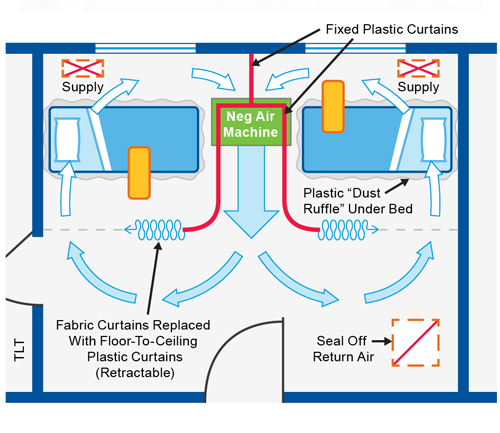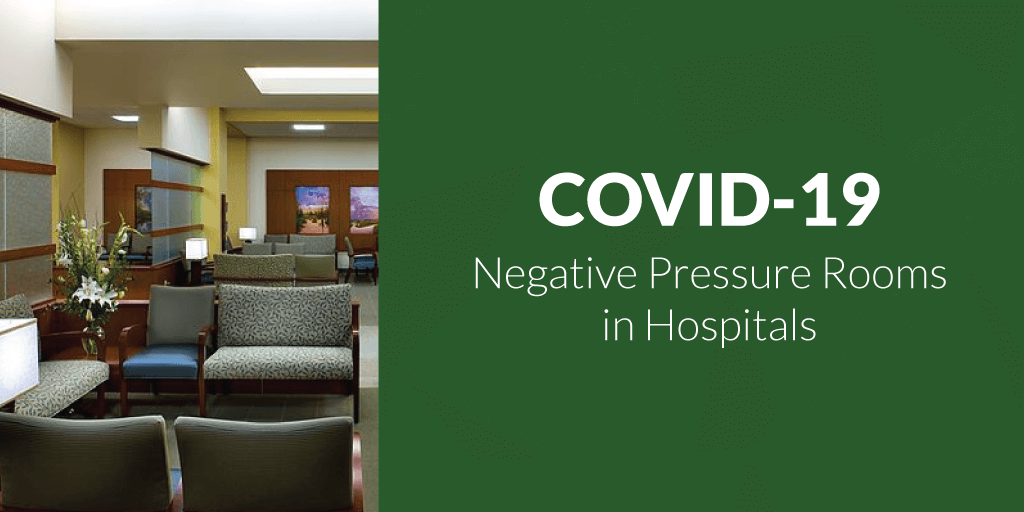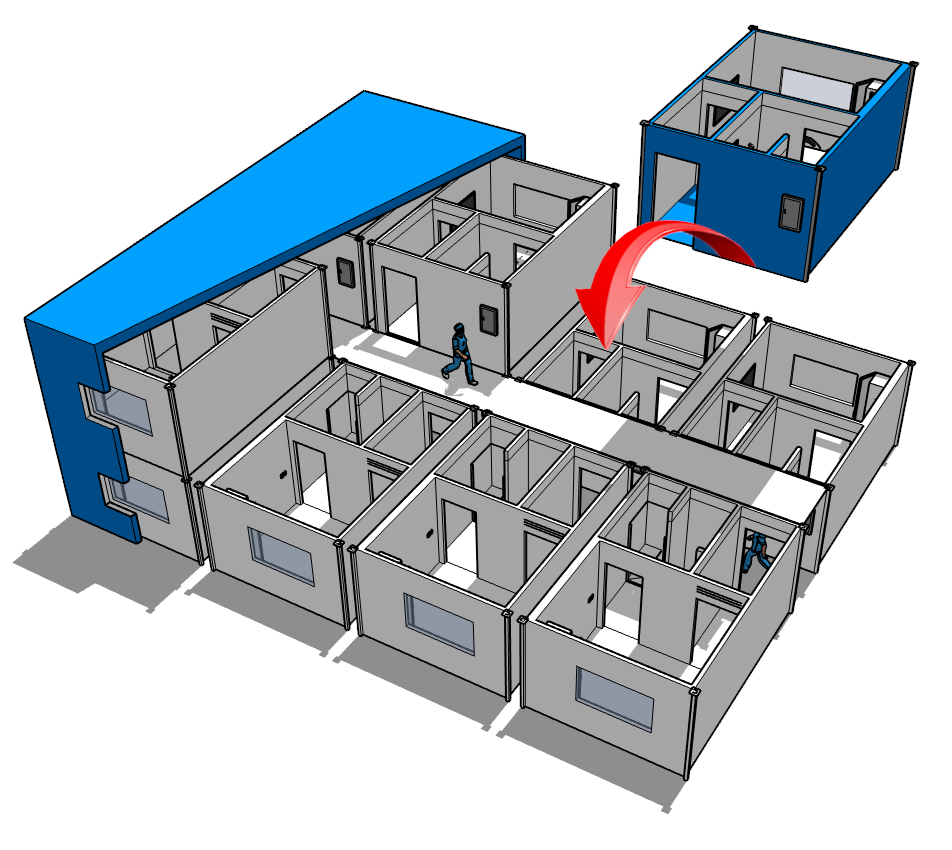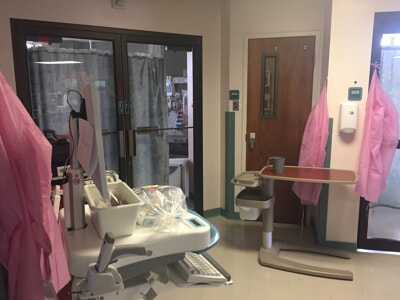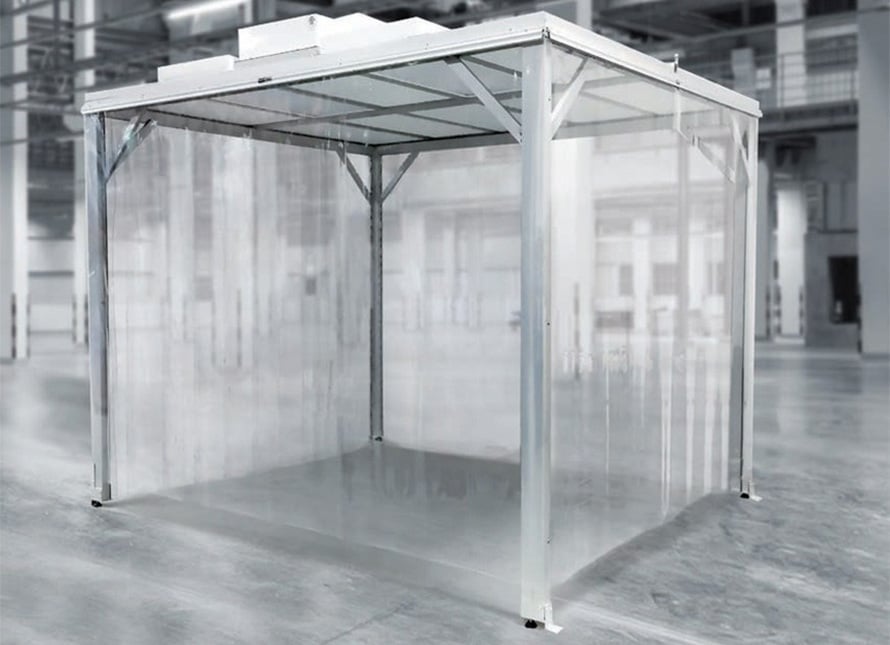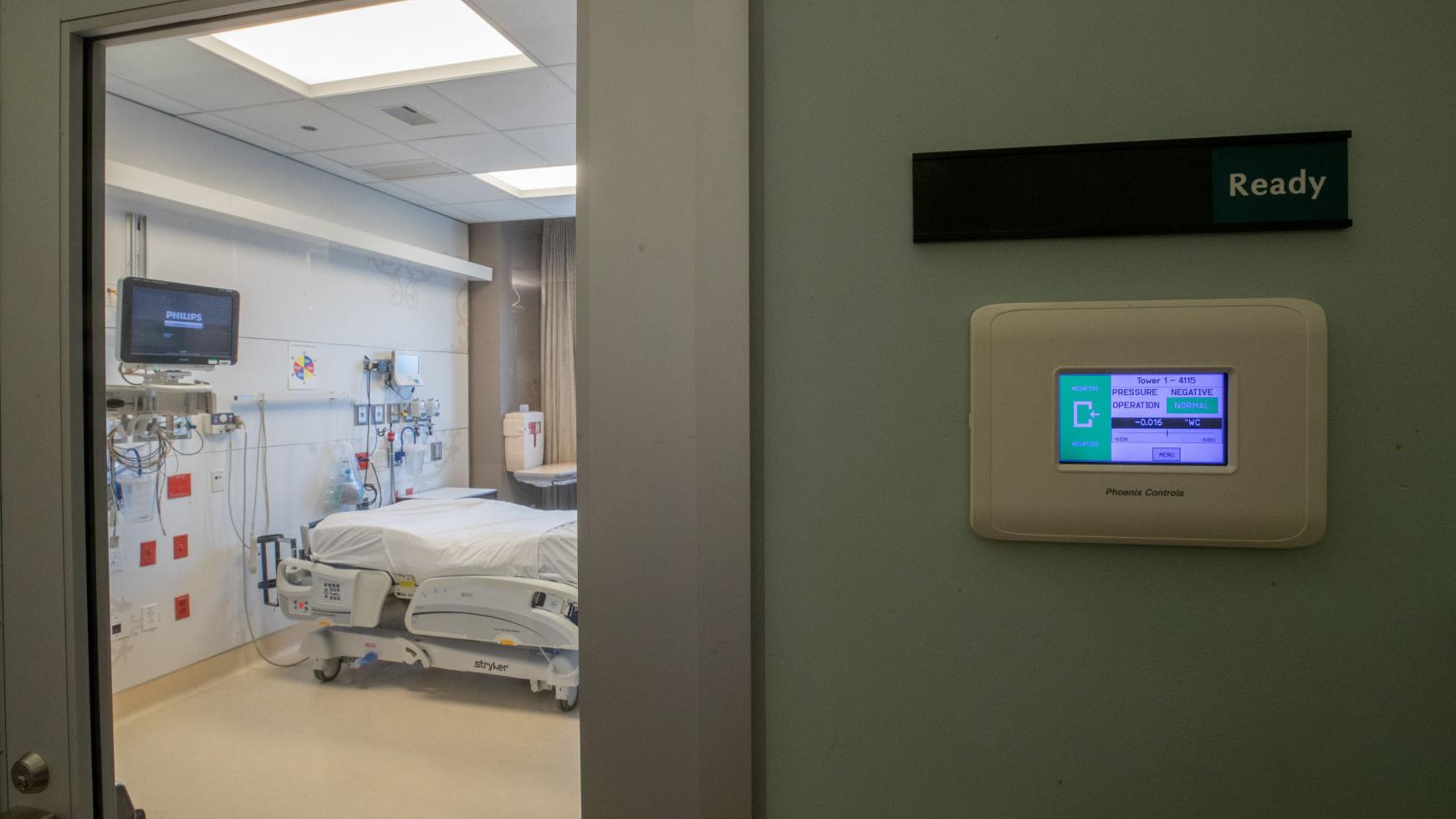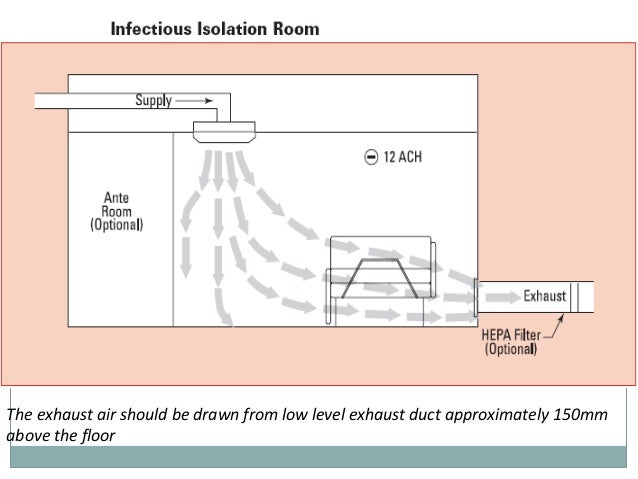Negative Air Pressure Room In Hospital

Terminal cleaning should occur after sufficient time has elapsed for enough air changes to remove potentially infectious particles as indicated in the cdc.
Negative air pressure room in hospital. The negative pressure isolation room therefore is designed to help prevent the spread of a disease from an infected patient to others in the hospital. Limit patient transport and patient transfers in and out of the room. Generally negative pressure rooms for infectious disease and aerosol containment require at least 12 air changes per hour. Negative pressure isolation rooms.
Effective positive and negative pressure rooms are an important part of industrial climate control systems. It includes a ventilation that generates negative pressure pressure lower than of the surroundings to allow air to flow into the isolation room but not escape from the room as air will naturally flow from areas with higher pressure to areas with lower. This traps and keeps potentially harmful particles within the room. Negative pressure isolation rooms require a minimum of 12 air changes of exhaust per hour and must maintain a minimum 0 01 inch wc negative pressure differential to the adjacent corridor whether.
In contrast negative pressure rooms have lower air pressure. Any air that flows out of the room has to pass through a filter. In a hospital patients with communicable diseases especially airborne ones are kept in isolation rooms. The cfu of each fan filter is either variable or switch toggled the number of fan filters cfus per blower input output airflow and room size will dictate the total room air exchange rate.
In order to ensure the safety of other patients staff and visitors it is important that the isolation room contain negative air pressure 1. Negative room pressure is an isolation technique used in hospitals and medical centers to prevent cross contamination from room to room. Verify negative pressure prior to placing room in service and continuously monitor negative pressure while in service. A negative pressure room in a hospital is used to contain airborne contaminants within the room.
Negative pressure room negative pressure room is generally used in many hospitals and medical centers to reduce the chances of contamination from one room to another. Negative pressure rooms also called isolation rooms are a type of hospital room that keeps patients with infectious illnesses or patients who are susceptible to infections from others away. By contrast a positive pressure room maintains a higher pressure inside the treated area than that outside it. In a negative pressure room the air pressure in the room is always maintained lower than the atmospheric pressure or from the adjacent environment.
Air change requirements for hospital containment zones. This will keep any germs from entering the general airflow and infecting other people. One way to do this is with a negative pressure room in which a lower air pressure allows outside air into the room.

